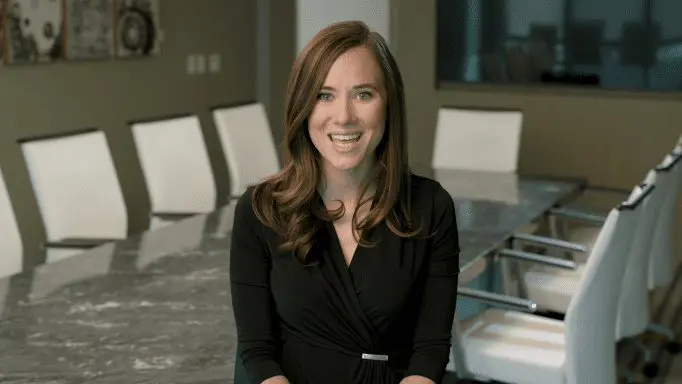Blog
Pre-Divorce Checklist: Steps to Plan Effectively for Your Divorce
Discover our pre-divorce checklist which can help you prepare for your divorce.
Blog
Why Won’t My Attorney Criticize My Ex?
Learn why maintaining a constructive and respectful approach during a family law matter can be beneficial.




